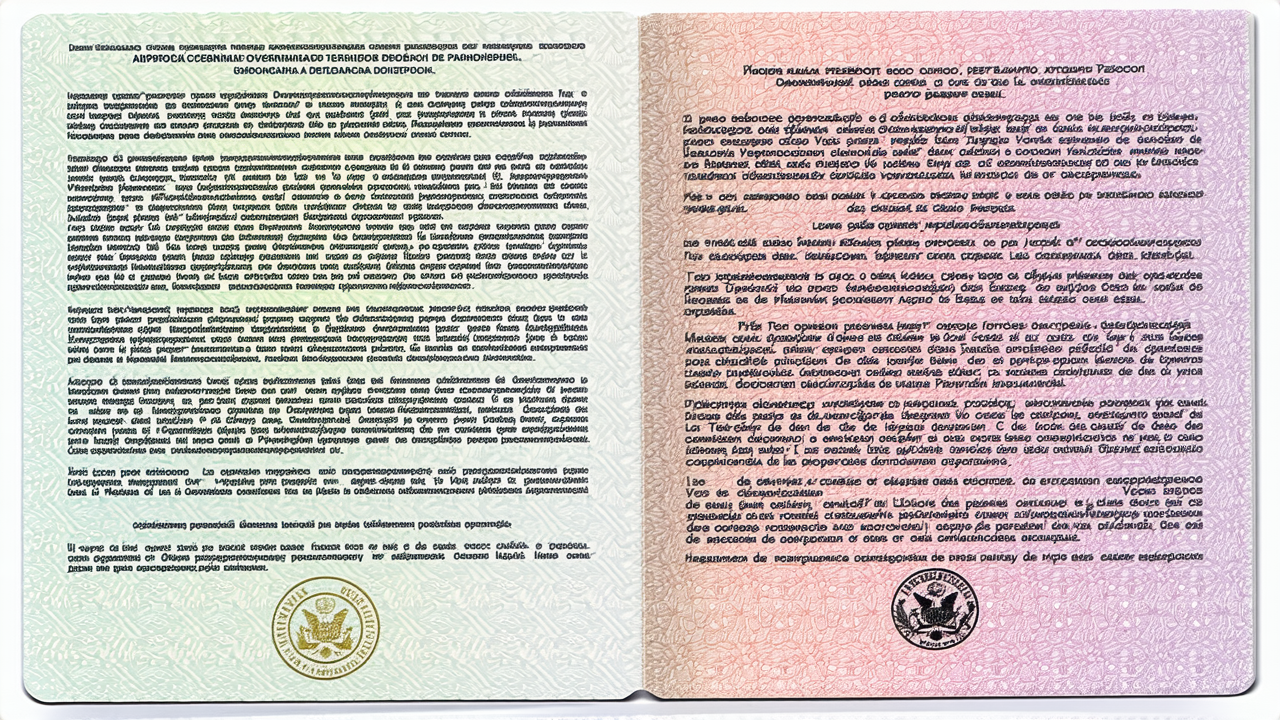A Shift in Identity: What the Government’s Passport Decision Reveals
A Shift in Identity: What the Government’s Passport Decision Reveals
It’s official: “New Zealand” is being bumped back to the top of our passports, before “Aotearoa.” This decision, announced by the Government, has sparked a wave of discussion about national identity, cultural priorities, and the role of te reo Māori in official contexts. At first glance, the change appears to be a minor administrative tweak. But beneath the surface, it reflects a deeper cultural shift.
Since 2021, passports have featured the phrase “Uruwhenua Aotearoa” in silver above the “New Zealand Passport” logo. This was a deliberate nod to the country’s bicultural heritage, acknowledging both the Māori and Pākehā identities. However, the Government has now reversed this, moving “New Zealand” to the front, with “Aotearoa” taking a more subdued position. The change is framed as part of the coalition’s English-first policy on government documents, a move that has drawn both support and criticism.
The Government insists that this is a simple formatting issue, one that reflects a broader policy stance on the use of English in official communications. Yet, for many, the decision is more than just a matter of language. It signals a subtle but significant shift in how the country views its identity — one that prioritizes English over te reo Māori in official contexts, even as the latter has been an official language since 1987 and is legally recognized as a taonga (national treasure) under the Māori Language Act 2016.
Some critics argue that the move reflects a lingering discomfort with the prominence of te reo Māori in official documents. They see the placement of “Aotearoa” as a quiet but meaningful affirmation of Māori identity, one that has grown in everyday use over the years. Others, like Foreign Affairs Minister Winston Peters, have been less diplomatic, calling the inclusion of “Aotearoa” on government documents an act of “arrogance” and questioning its relevance.
Yet, the decision is not without precedent. Around the world, passports often reflect multiple identities, and the fabric of society remains intact. Norway, for example, includes three national languages on its passports, while Switzerland features four. The Philippines opens its documents with “Pilipinas,” and Bangladesh with “Bengali.” These are not seen as threats to national unity, but as reflections of the country’s diverse cultural heritage.
For some, the move is a small retreat dressed up as administrative housekeeping. It is a decision that speaks to a subtle but clear preference for the English voice over the Māori one. It is a moment that highlights the tension between tradition and modernity, between the desire to honor the past and the need to move forward in a rapidly changing world.
While the decision cannot be undone, it can be named for what it is: a moment that reflects the Government’s current priorities — and the broader cultural conversation that continues to shape New Zealand’s identity. As the nation moves forward, the question remains: how do we balance the past and the future, the English and the Māori, the official and the everyday?
